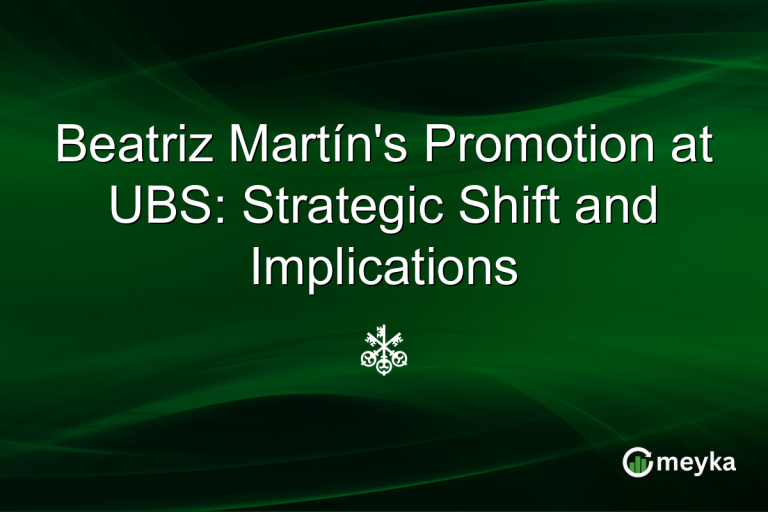Alaska Permanent Fund News Today, Nov 16: $1,400 Dividend Sparks State
Today, the Alaska Permanent Fund Dividend for 2025 has been confirmed at $1,400. This crucial annual payment is a lifeline for many Alaskan families, especially given the high cost of living in remote areas. Backed by Alaska’s oil revenue, the dividend not only supports individual residents but also underscores the state’s economic strategy relying heavily on its natural resources. Alaska’s leadership in distributing these funds is vital as other states look toward similar strategies.
Understanding the Alaska Permanent Fund Dividend
The Alaska Permanent Fund Dividend (PFD) is more than just a financial boost for residents. It’s a critical component of how the state shares its oil revenue benefits. The 2025 payout amounts to $1,400 per eligible resident. This payment comes from the investment earnings of the Alaska Permanent Fund, established back in 1976. The fund ensures that oil wealth directly contributes to the prosperity of current and future Alaskans.
To be eligible for the PFD, individuals must meet specific criteria, such as residency and absence record. According to the latest reports, around 630,000 Alaskans will benefit this year. The dividend plays a significant role not only in individual finances but also in sustaining the state economy, especially in rural areas where economic activities are limited.
Impact of the Dividend on Alaskan Families
For many Alaskans, the PFD is more than a bonus; it’s a necessity. With the cost of living in Alaska remaining high, especially in remote villages, this dividend is key. Groceries, utilities, and transportation are notably expensive, making the PFD an essential tool for meeting basic needs.
This year’s $1,400 payout comes at a crucial time as inflation continues to affect households across the United States. Residents can use this payment for essentials, savings, or investments, providing some financial relief amidst economic uncertainties. The steadfast PFD demonstrates the value of having a diversified income source anchored in the state’s rich natural resources.
Economic Significance and State Strategy
The state’s reliance on oil revenue to fund the PFD highlights a broader economic strategy. Oil is central to Alaska’s economy, accounting for about one-quarter of all state revenue. This reliance prompts questions about sustainability and the need for diversified income sources.
Despite these challenges, the PFD remains an attractive feature for residents, showcasing the benefits of living in a resource-rich state. The dividend helps retain residents and offers some buffer against the economic pressures of inflation and rising living costs. As states nationwide grapple with economic challenges, Alaska’s approach to sharing oil revenues directly with residents offers a unique model.
Moreover, similar economic models could be explored for other resource-abundant states, particularly in times of rising economic inequality.
Future Prospects and Considerations
Looking ahead, the sustainability of the Alaska Permanent Fund Dividend depends on oil revenue stability and prudent fund management. Future dividends may vary according to oil prices, which fluctuate significantly due to global market dynamics.
There’s ongoing debate over how the state might diversify its revenue sources to ensure a steady dividend. Renewable energy investments and tourism development present viable options. However, these require strategic long-term planning and investment.
For Alaskan policymakers, maintaining the PFD’s viability is paramount. It ensures continued financial support for residents and keeps the state attractive for those seeking a share of resource wealth in exchange for braving the extreme Appalachian environment.
Final Thoughts
In summary, the $1,400 Alaska Permanent Fund Dividend for 2025 illustrates the state’s ongoing commitment to sharing its oil wealth with residents. This payment is not only essential for households facing high living costs but also demonstrates a successful model of using natural resource revenue for public benefit. Future challenges may necessitate diversifying income streams, but for now, the PFD continues to offer Alaskans a financial lifeline. Whether using the funds for daily necessities, savings, or investment, residents benefit directly from the state’s natural resources. As this strategy evolves, it may inspire other states to explore similar resource-based dividends. Platforms like Meyka, which offer real-time financial insights, can provide residents with tools to maximize their dividends and secure their economic future.
FAQs
The PFD is based on investment earnings of the Alaska Permanent Fund over the past five years. These earnings are influenced by oil revenue and investment returns. The state determines the amount each year based on these economic factors.
Eligibility for the PFD requires meeting residency criteria and maintaining the necessary absence record. Alaskans must have lived in the state for at least one calendar year and declare their intention to remain permanently.
The PFD helps Alaskans offset the high cost of living, especially in remote areas. It provides financial relief and supports both individual finances and the local economy, making it a crucial part of many residents’ annual budgets.
Disclaimer:
The content shared by Meyka AI PTY LTD is solely for research and informational purposes. Meyka is not a financial advisory service, and the information provided should not be considered investment or trading advice.






